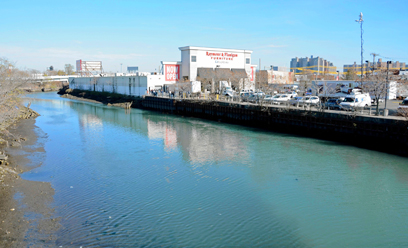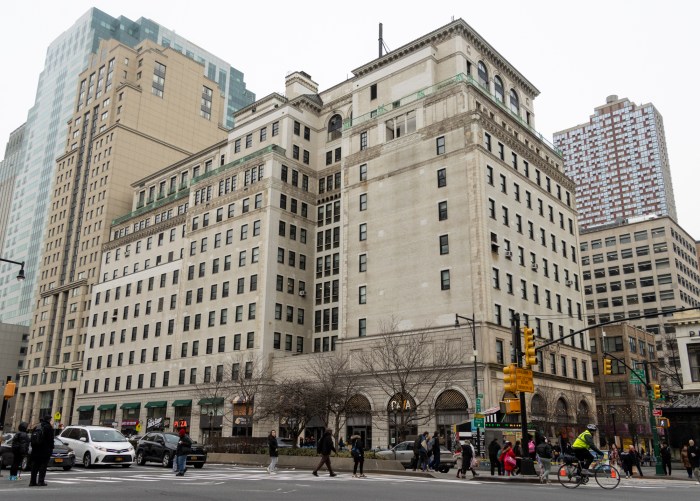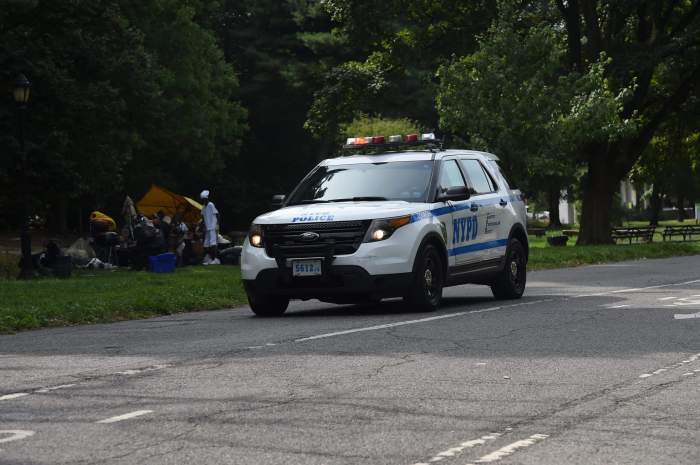Local officials and environmental activists are split over the state Department of Environmental Conservation’s decision to block a local group from placing one million oysters in Coney Island Creek in a bid to naturally clean the waterway’s notoriously dirty waters, with some saying the oysters would be a cost-effective way to improve water quality and others calling them a potential public health threat by encouraging poaching.
The executive director of the Billion Oyster Project, the group that originally proposed the idea, said that the oysters wouldn’t cure all of the creek’s ills, but that they would help make the waters safer.
“Oysters won’t remove the sewage in the water, which is the problem,” said Pete Malinowski, “but oysters would help restore the biodiversity and bio productivity of that space. They’re not going to clean up after us, but they can improve the water quality.”
The Governor’s Office of Storm Recovery gave the Billion Oyster Project a $200,000 grant earlier this year to fund the placement of oysters around New York Harbor, but the sites had to be cleared with the state Department of Environmental Conservation.
The department approved the plans for oysters at Paerdegat Basin in Canarsie, Brooklyn Bridge Park, Sunset Park, and Lemon Creek in Staten Island, but it requested that the Billion Oyster Project submit a revised application due to the creek’s high levels of fecal coliform from sewage and the potential implications they could have on public health if the contaminated oysters were poached and then sold to eat, according to a spokesman for the department.
But the district manager of Community Board 13 said that the water-quality issues that the department cited are the very same reasons that the creek would benefit from a natural cleanup by oysters.
“We want the oysters in the creek because it will help clean it naturally, versus other costly, man-made solutions,” said Eddie Mark. “Poaching is a concern, but it shouldn’t be the only factor. Other factors should outweigh that concern because there are ways to secure the cages.”
Coney Island Creek has become a cauldron of environmental controversy, beginning when this paper broke the news last October that sixteen buildings nearby, in Gravesend’s Beach Haven Apartments, had been dumping about 200,000 gallons of raw sewage into the creek everyday, possibly for years. The Department of Environmental Conservation also came under fire, along with the city, for failing to announce the findings to the public.
Local environmental activists were up in arms earlier this year when the state approved a permit for the city to pour up to 7.2 million gallons of filtered, contaminated groundwater into the creek every day for up to two years while the city upgrades sewer and water mains in the area.
Mallinowski said that the oysters would not remove the industrial contaminants from the groundwater, but that they would help mitigate nitrogen pollution, which comes from wastewater and can kill aquatic life.
But another local said that the state department was right to bar the oysters from the creek because they could become a target for poachers, who might sell the polluted mollusks as food, which could make people sick.
“People could take these oysters and sell them somewhere,” said Ida Sanoff, the executive director of the Natural Resources Protective Association, a group dedicated to protecting marine life in the city’s waters. “You have to consider public safety.”
Malinowski acknowledged the concerns that the oysters could become public safety risks, but insisted that the waters of Coney Island Creek are much more dangerous than that possibility.
Sanoff said that the state needs to commit more resources to make the creek safer because the oysters wouldn’t do enough.
“Coney Island Creek is going to need much more than oysters to improve water quality, because there is raw sewage going in there on a daily basis,” she said.
Sanoff echoed the calls of earlier activists to make the waterway a “state Superfund” site — meaning that regulators would figure out who was responsible for the dirty waterway’s deplorable condition and bill them for the clean-up.
Malinowski said that the Billion Oyster Project will place oysters into the four other approved sites in the spring, when it will also submit the revised application for Coney Island Creek, which will call for the oysters to be removed from the waters after the “growing season” of the warmer months, when the oysters are most effective.
Tanasia Swift, a regional manager with the Billion Oyster Project, added that the revised proposal would also contain measures to discourage poaching — such as reducing the number of oysters in the water, putting locks on the oyster cages, and not allowing them to grow to the market sizes at which they are typically sold.
But Malinowski noted that the most effective way to clean up the waterway would be to stop making it dirty.
“Humans need to stop polluting the water if we want the water to be clean,” he said.
The Governor’s Office of Storm Recovery did not respond to repeated requests for comment.























